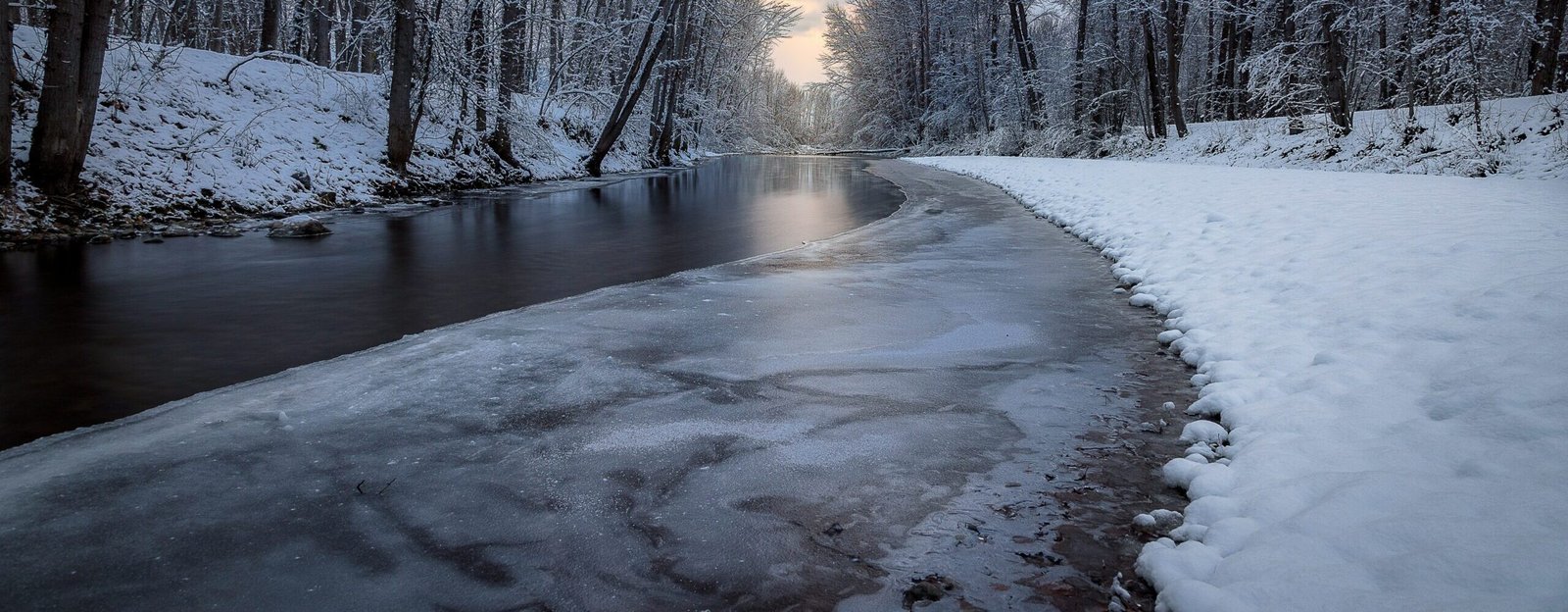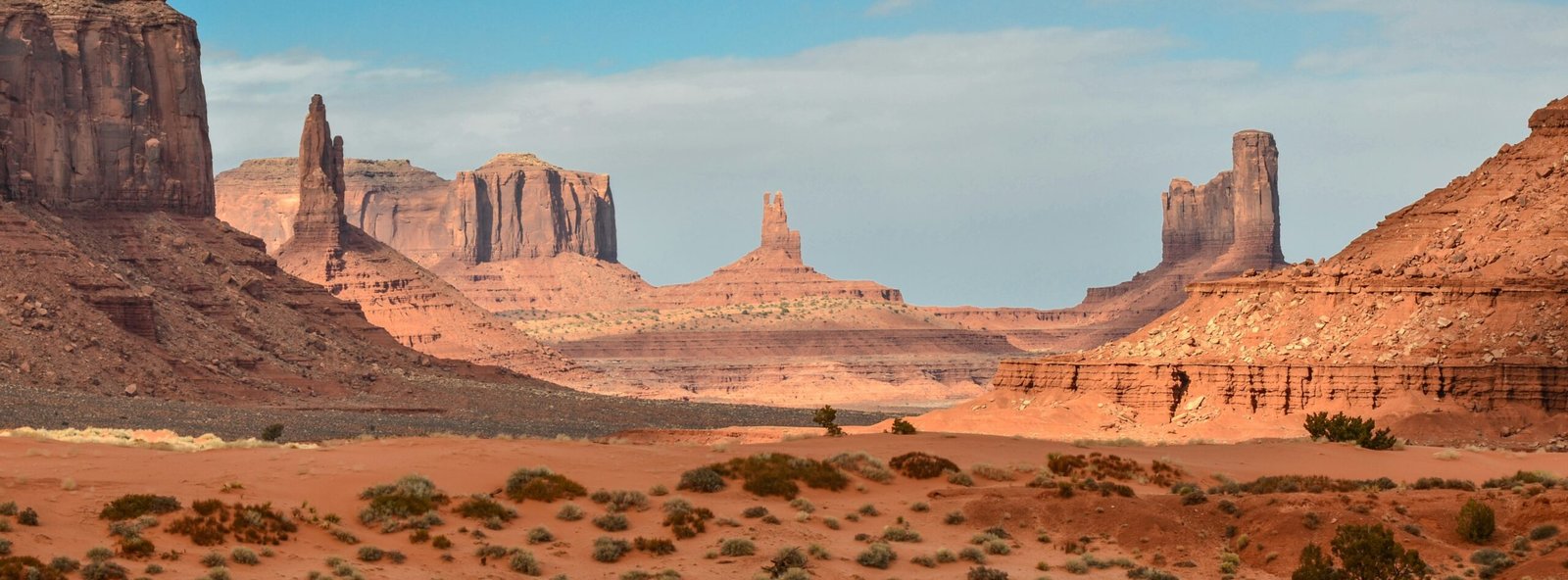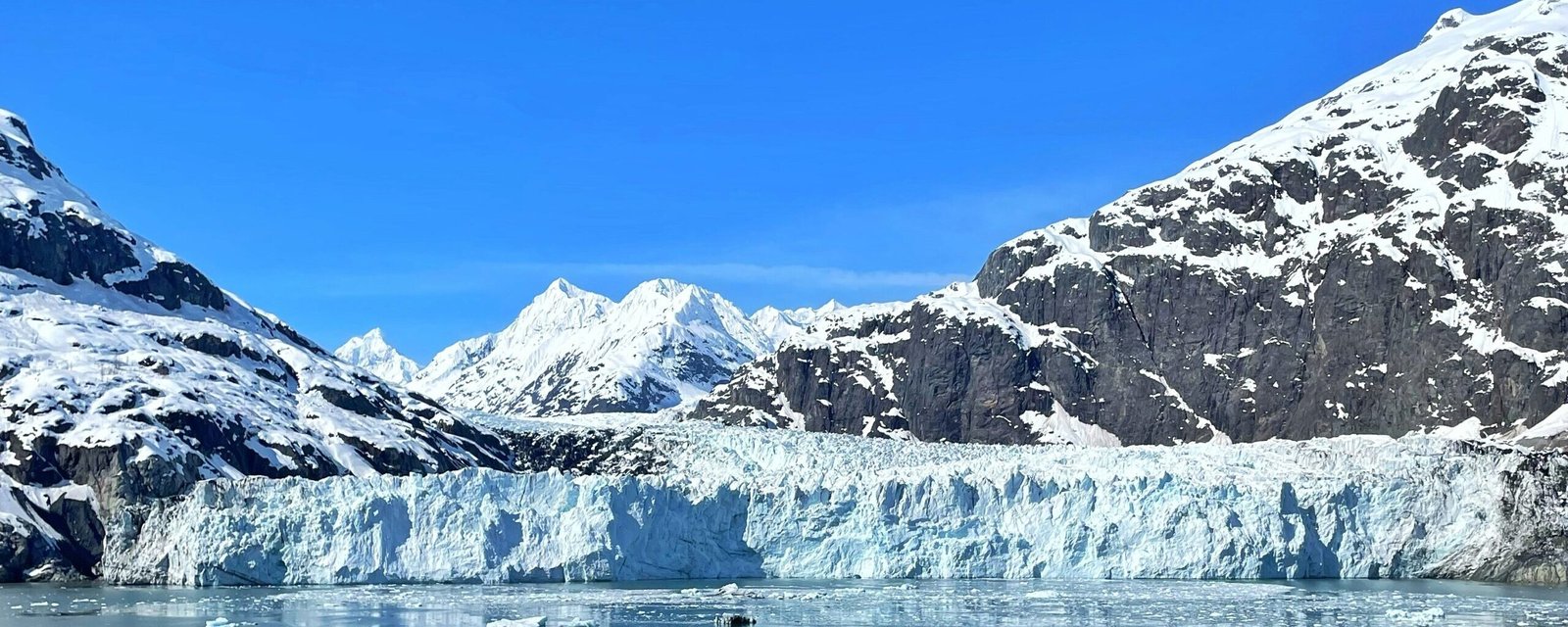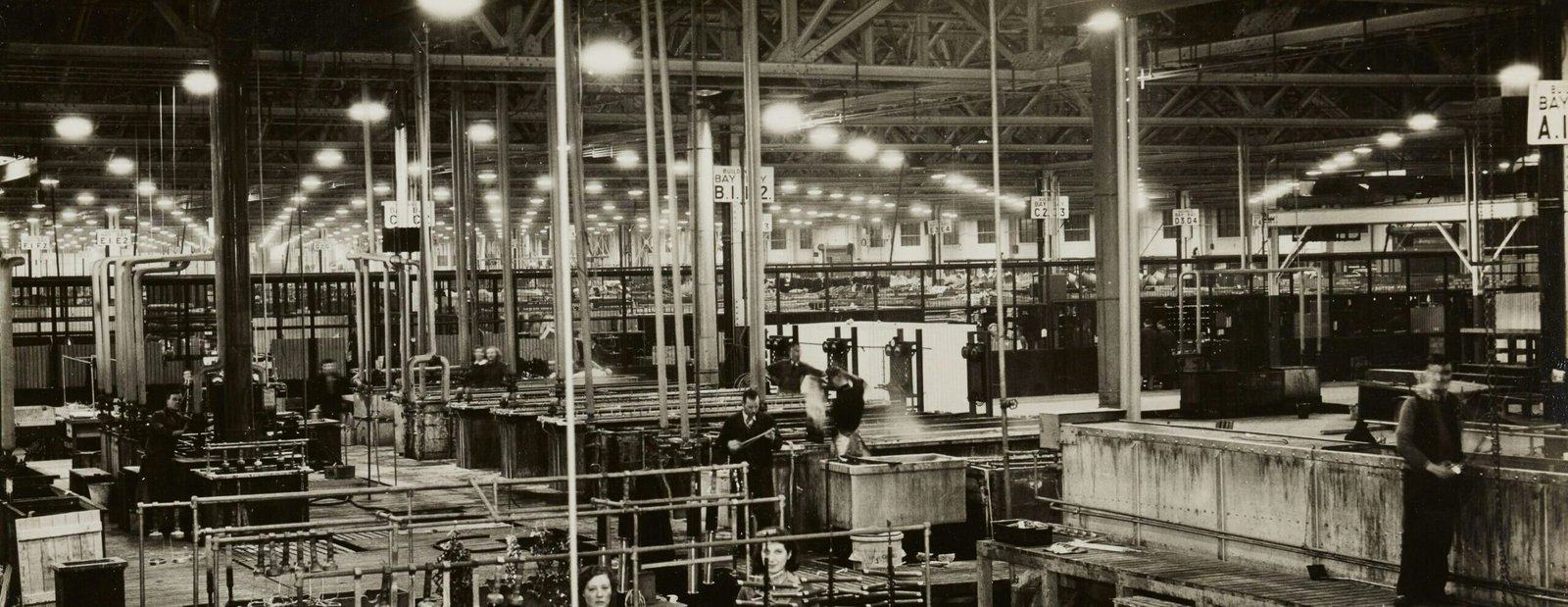Table of Contents
ToggleThe history of ice making is long, spanning thousands of years, and has witnessed the extraordinary wisdom of mankind in preserving food, making cold drinks, and coping with hot climates.
From the ancient reliance on natural ice collection to today’s efficient and energy-saving modern ice making technology, this evolution process not only reflects the progress of science and technology, but also reflects mankind’s unremitting pursuit of quality of life. Today, let’s dig the history of human ice making together.
1. Early Technology: How Did the Ancients Make or Preserve Ice
The history of food preservation began very early.
Around 1000 BC, the ancient Chinese figured out a way to preserve food by cutting ice from cold streams or snow into blocks.

By around 500 BC, people in Egypt and India had also discovered ways to cool water. They placed water on straw in a clay pot, using rapid evaporation and low temperatures at night to freeze the water. Pour cool water into the pot, and on a cold night, place a shallow pot full of water to freeze
By 400 BC, the Persians were able to store ice underground in the desert during hot summers. They invented a cooling building called Yakhchāl (Persian for “ice pit”), which was two stories high and had an equally large space underground. The underground part kept the ice and food cool through air currents. The walls were built with a special mortar called Sārooj, which was a mixture of sand, clay, egg white, lime, goat hair, and ash in specific proportions that was both heat-insulating and waterproof.

As early as the 5th century BC, the ancient Greeks used snow with honey or nectar to refresh themselves. Alexander the Great built the first Greek ice house, and he liked to drink frozen milk with honey, accompanied by fruit and wine. The Romans also liked to mix ice and snow with juice and wine to cool down. It is said that Emperor Nero often sent people to transport snow from the mountains to Rome to cool down.
The Greeks and Romans began to use ice more, especially to cool wine and other drinks. Rich Romans, such as Emperor Nero, were even willing to spend a lot of money to transport ice and snow from the mountains to chill their drinks. People in the Ottoman Empire also liked to use ice, and they added it to refreshing sherbets and fruity drinks to add flavor. However, for a long time, ice was a rare and expensive thing that only people in the upper class could enjoy.

2. How Did People Store Ice Before Ice Machines and Refrigerators?
As the Middle Ages progressed, the population grew and the need to preserve food increased. This drove the rise of ice harvesting. During the cold winters, workers would take saws and axes and venture out into frozen lakes and rivers. They would carefully cut large blocks of ice, often using horses to transport these heavy blocks of ice. The ice was then stored in specially built ice houses.
By the 17th century, early American refrigeration systems mimicked European styles, using large underground storage pits. A hut might be built over the pit to capture cold air and help preserve perishable foods such as meat. These foods would be wrapped in ice and straw to keep them warm. Ice from ponds was usually cut and stored in the pits in late winter, sometimes even until late summer or early fall.
The advent of ice houses allowed people to preserve perishable foods such as meat and dairy products for longer, far beyond their original shelf life. This not only changed the way food was stored, but also reduced waste. In addition, the stored ice provided cool drinks for warm seasons – a luxury in an era without refrigerators.

In 1802, Thomas Moore, a Maryland farmer and inventor, invented an “icebox.” Originally called a “cold room,” it was an oval barrel made of cedar wood with a lid. As shown in the picture, there was space between the rectangular tin box and the barrel for ice, and both were covered with cloth and rabbit skin. He later coined the term “icebox” to describe the device that he patented in 1803, and U.S. President Thomas Jefferson was one of his supporters.
3. How Did People Make and Store Ice During the Industrial Revolution?
In the early 1800s, Frederic Tudor, or “The Ice King,” changed the frozen landscape. He envisioned ice not just as a luxury, but as a global commodity. Tudor found new ways to harvest, insulate, and transport large blocks of ice from New England’s frozen lakes to the Caribbean and beyond. His bold move helped fuel a booming ice trade across continents.

By the 1830s, Tudor’s ice was shipped from Boston to far-flung places including Rio de Janeiro, Sydney, Mumbai, and other Caribbean islands. In the United States, nearly 52,000 tons of ice were shipped by ship or train to 28 cities, including Charleston, South Carolina, Savannah, Georgia, and New Orleans.
The trade boom paved the way for the invention of the insulated refrigerator, a precursor to the modern fridge. Additionally, the advent of metal ice trays transformed the humble block of ice into a convenient household necessity. Ice delivery services have further increased availability, making ice a part of everyday life.
4. The Birth of Mechanical Ice: The History of Artificial Ice Making
In 1847, Dr. John Gorrie was trying to improve the survival rate of malaria and yellow fever patients by lowering their body temperatures. However, ice was expensive in the summer, so he decided to build a machine that could mechanize the production of ice. In addition, people were increasingly concerned about the quality and safety of natural ice extracted from lakes and rivers. After more than five years of experimentation, he finally succeeded in making an ice-making machine.
Although Gorrie received a patent for a mechanical refrigeration machine in 1851, the idea was not taken seriously and he was unable to raise funds for the invention. Coupled with the machine’s inefficiency and proneness to leaks, it was unpopular. As a result, his ice-making machine concept was shelved for more than fifty years.
In 1853, Alexander Twining was awarded a U.S. patent for developing the first commercial refrigeration system for artificial ice making. At almost the same time, Australian James Harrison successfully built a refrigeration machine that could produce 3,000 kilograms of ice per day and obtained a patent for an ice machine in Australia in 1855.
In order to meet the needs of the expanding beef industry, Andrew Moore built an ice machine in 1873. His invention patent was contracted to the Columbus Steel Works, which produced the world’s first commercial ice machine.
In 1938, Henry Vogt built the first commercial automatic ice machine, the tube ice machine. Before that, ice was produced in the form of blocks.
5. In Conclusion
Nowadays, ice has become an indispensable part of modern life. Whether it is ice cubes in beverages or large quantities of ice cubes used in industrial production, the ice making process has become very convenient and can be met at any time. Modern ice making equipment is able to produce ice cubes of various shapes and sizes, and the convenience of ice making has been deeply integrated into daily life.






